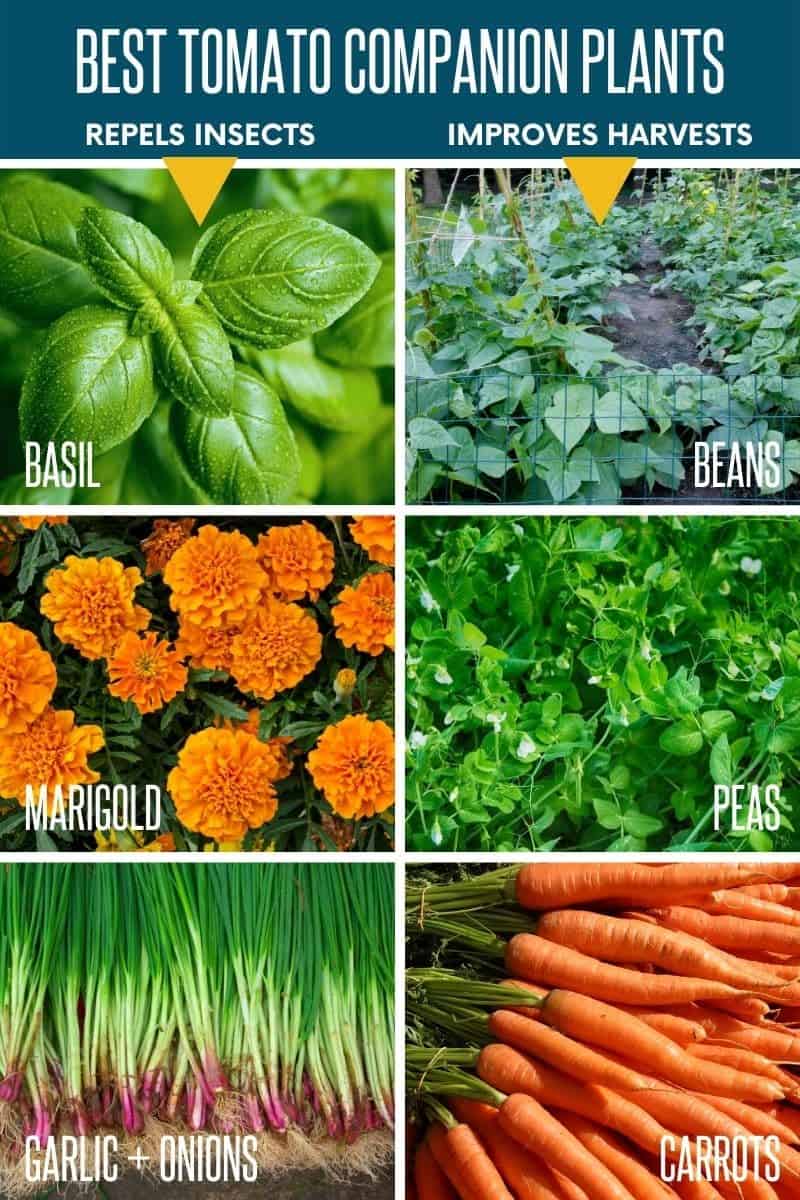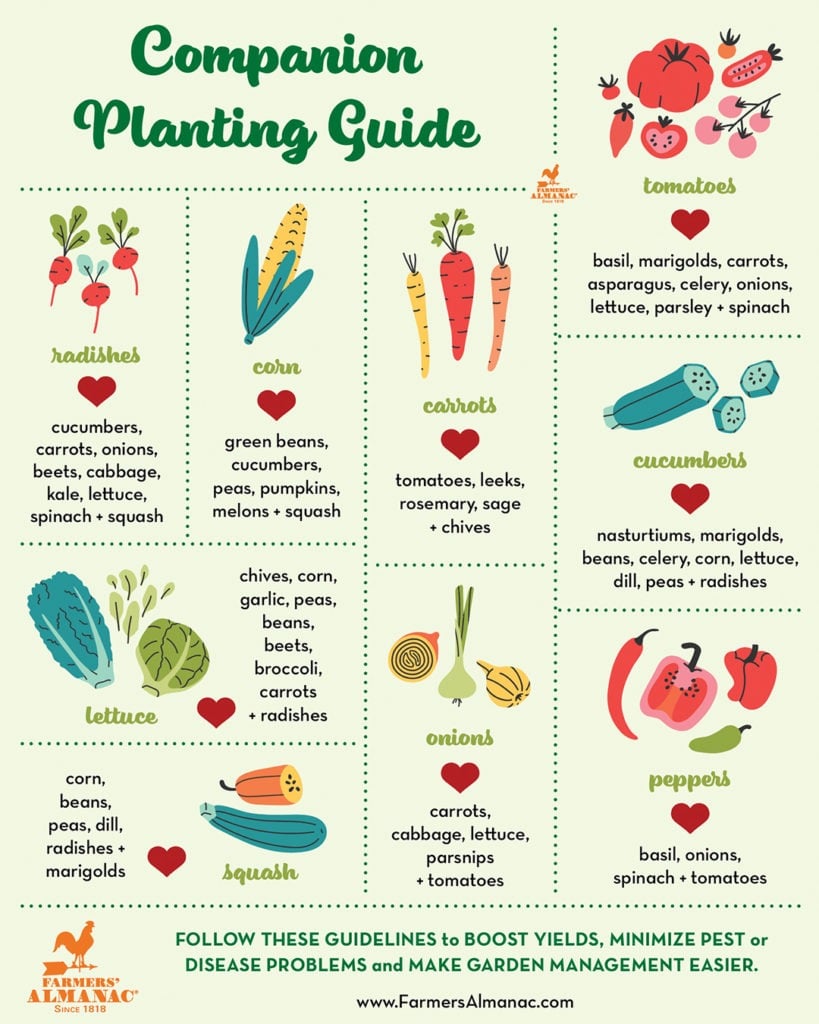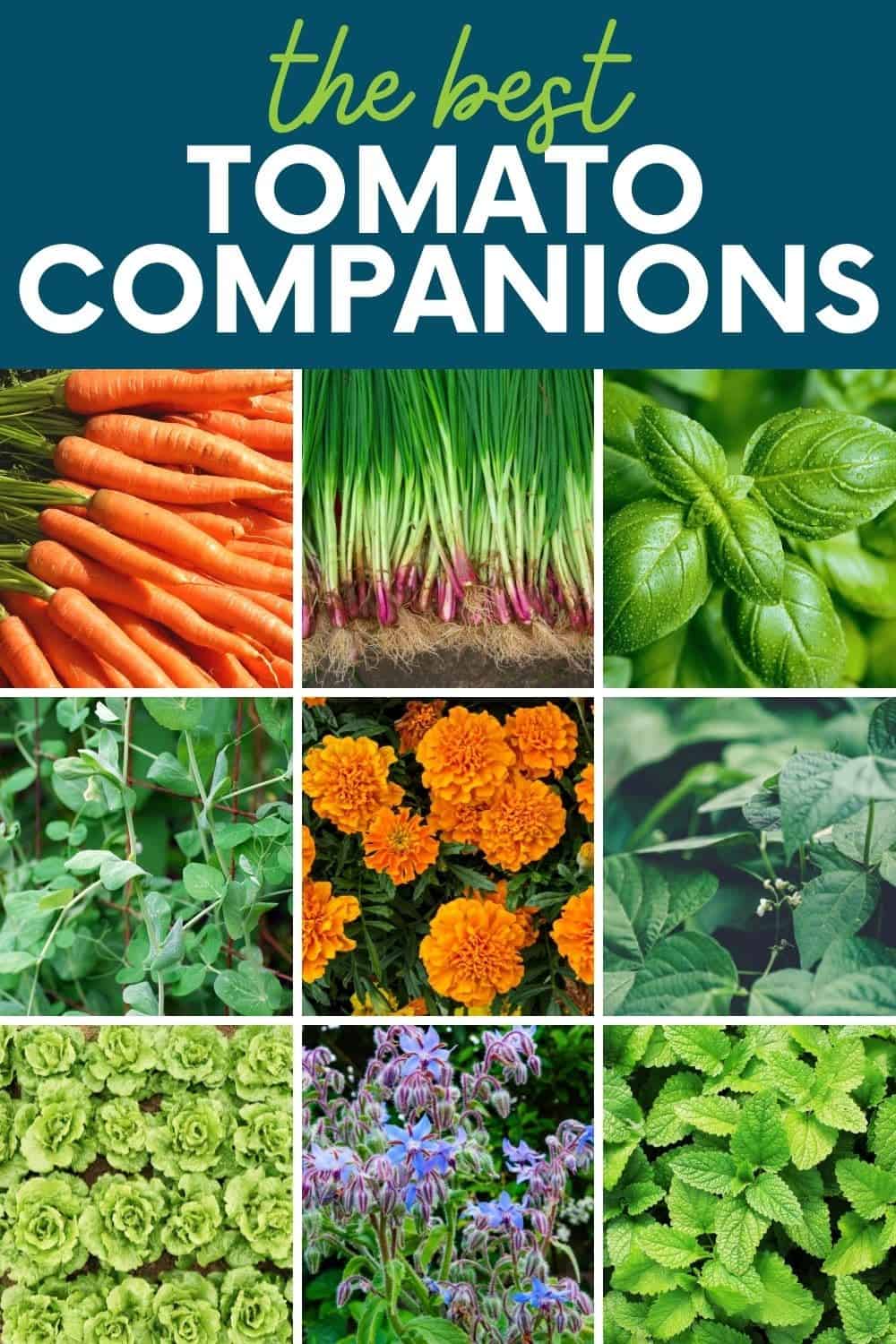Are Carrots and Tomatoes Good Companion Plants? A Practical Guide

You stand in your garden, knees dusty, a tray of hopeful tomato seedlings in one hand and a pack of carrot seeds in the other. Maybe you’ve read that these two are “companion plants”—but does that mean they’re just agreeable neighbors, or is there real synergy? The psychological side of gardening tells us: success often comes down to understanding how relationships—plant-to-plant and gardener-to-garden—shape outcomes. Carrots and tomatoes don’t just get along; they challenge us to think like orchestrators instead of soloists.

The Psychology Behind Plant Pairings
Humans love the idea of harmony—a subconscious desire to make things work better together. In the garden, pairing carrots and tomatoes plays directly into this mindset. We crave control, but we also delight in a bit of serendipity: the shade from tomatoes benefits carrots, while carrots quietly thrive where others might struggle. There’s something incredibly rewarding about setting up a system and watching it self-regulate.
But here’s what most advice misses: companion planting isn’t about magic plant “friendships.” It’s about designing an environment where different needs align—a classic case of cognitive framing. You’re not just saving space; you’re actively engineering mutually beneficial stress reduction for both crops (and yourself).
Why This Duo Clicks: Going Beyond Obvious Benefits
Too often, discussion focuses on basics like shading and soil moisture (all true). But beneath that is a story about resilience and adaptation:
-
Microclimate Mastery
Imagine running your hand across warm tomato leaves at 2pm—the heat is tangible. Yet duck beneath those leaves: cool soil, faintly damp even after summer sun. Carrots respond positively to this microclimate because it lessens temperature shock—a factor proven to impact root shape and flavor. Our brains seek safety just as much as carrot roots do; both thrive when external stresses are buffered. -
Managing Attention (Yours!)
By combining crops, you reduce monotony and increase observation—a trick I stumbled on back in 2017 during my first true attempt at interplanting. Tending mixed beds literally changed how I walked through my patch: looking for slug trails under carrots meant I noticed blight sooner on tomatoes above. That subtle shift? It speaks to how varied environments keep us mentally engaged—and more likely to catch issues early. -
Stress Sharing
Here’s an unexpected twist: when you grow carrots next to tomatoes, failures feel less personal. If a few carrot rows bolt or tomatoes drop blossoms during a heatwave (looking at you, July 2021), the other crop often fills the gap. Psychologically, having a backup plan reduces disappointment—something researchers call “loss aversion buffering.” You end up harvesting something no matter which variable misfires.
Real Stories from My Patch
Let’s be honest—my first go at this wasn’t an Instagram moment:

Spring 2019: I accidentally crowded six Early Girl tomatoes with bobbing lines of carrot seed far too close underneath… Within weeks it became chaos—tomato vines engulfed everything; carrot tops withered thinly beneath perpetual shadow. That mess taught me more than any article could.
By year two—I spaced tomato plants two feet apart atop ridged mounds (less compaction); sowed only two bands of Scarlet Nantes between each pair and mulched heavily with leaf litter from our maple out front. Suddenly, carrots germinated evenly and stayed cool under summer’s relentless glare while tomato foliage stayed high and staked tight.
Sensory memory: the smell of fresh mulch mingling with green-tomato tang as I brushed aside soil for an August harvest…the squeak-snap of sweet orange roots pulling cleanly free... Tomatoes hanging overhead like lanterns—proof that careful observation (and ruthless thinning) rewired both my yield and my confidence.

Techniques Refined by Trial & Error
- Space Like a Chess Player: Tomatoes at least 24 inches apart; carrot rows six inches off each stem line—I measure with my palm flat on the earth.
- Timing Is Mental Gymnastics: Carrots go in three weeks before even thinking about hardening off tomato starts outside.
- Layer Attention: Set reminders for thinning right after germination—not later! My “habit stack” here is simple: every time I check tomato ties or water levels, I thin a few more carrot seedlings.
- Mulch Rituals: A ring of straw around each tomato is non-negotiable—it redefines walkways so neither me nor our dog tramples future roots by accident.
Common Fumbles—and How Mindset Fixes Them
When things slip? It’s usually psychological shortcuts betraying me—
Crowding Temptation:
Turns out “just one more seedling” can overwhelm both crops fast! Now if extra starts pop up, I gift them away instantly—leveraging social motivation so overplanting doesn’t sabotage bed balance.
Ignoring Airflow:
It’s easy to focus on lush green growth aboveground…but fungal diseases remind us that what we don’t see matters most. Every season now ends with careful notes on airflow patterns around dense plants—this reflection changes next year’s layout before day one.

Why This Works—for Crops and Gardeners
At its core, interplanting carrots with tomatoes lets you sidestep all-or-nothing thinking—the kind that says “either/or” rather than “both/and.” It brings randomness but within boundaries YOU set—a psychological sweet spot for creative problem solvers who crave structure and surprise.
The reward? Each time you pull up perfectly straight carrots shaded by tomato boughs heavy with fruit…it’s tangible proof that patience and observational learning beat luck every time.
Get Started—with Real Purpose
- Sketch your beds twice—first for optimal spacing based on previous years’ successes/failures; second for access paths.
- Pre-sprout carrot seeds inside damp paper towels if impatient (it cut my emergence time from three weeks down to ten days last spring).
- Invest twenty bucks in decent tomato cages—they’ll save hours later keeping things upright without mangling adjacent crops.
- Keep old notebooks! My annotated mistakes gave me the best blueprint for this year’s tweaks.
- Celebrate small wins early—even seeing healthy cotyledons poking through mulch feels like victory over uncertainty!
Ultimately, gardening isn’t just feeding your body—it sharpens resilience and flexibility against setbacks...qualities any enthusiast can appreciate in life beyond soil level! So yes—give carrots-and-tomatoes their shared patch this season—and let your curiosity direct every next improvement. Because how you grow may matter even more than what you harvest!



